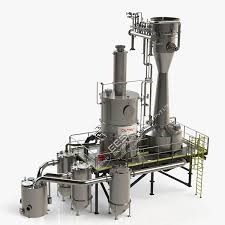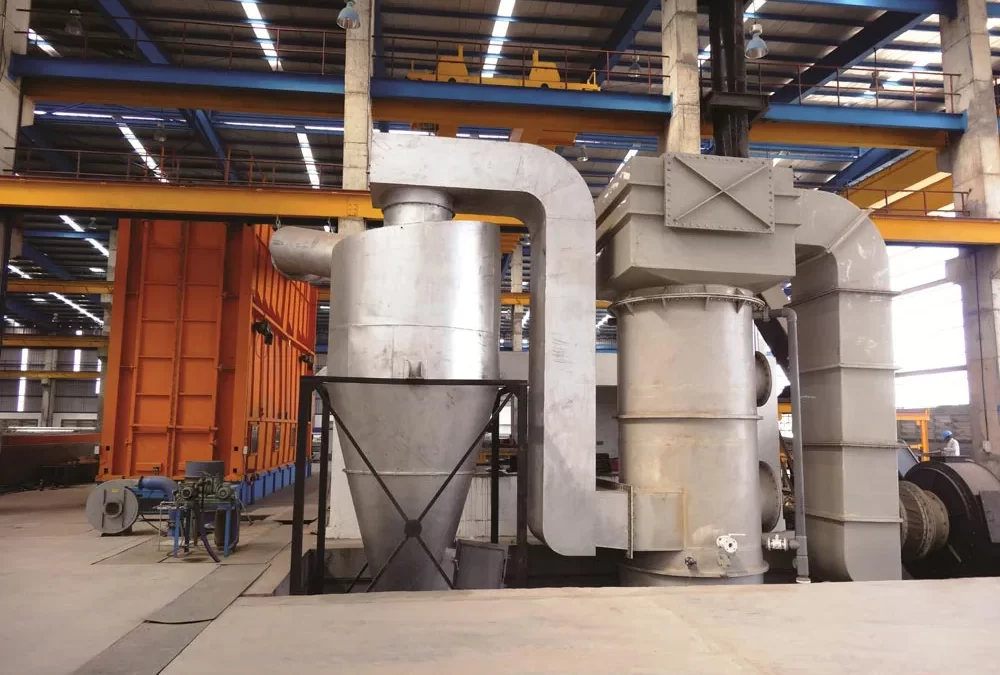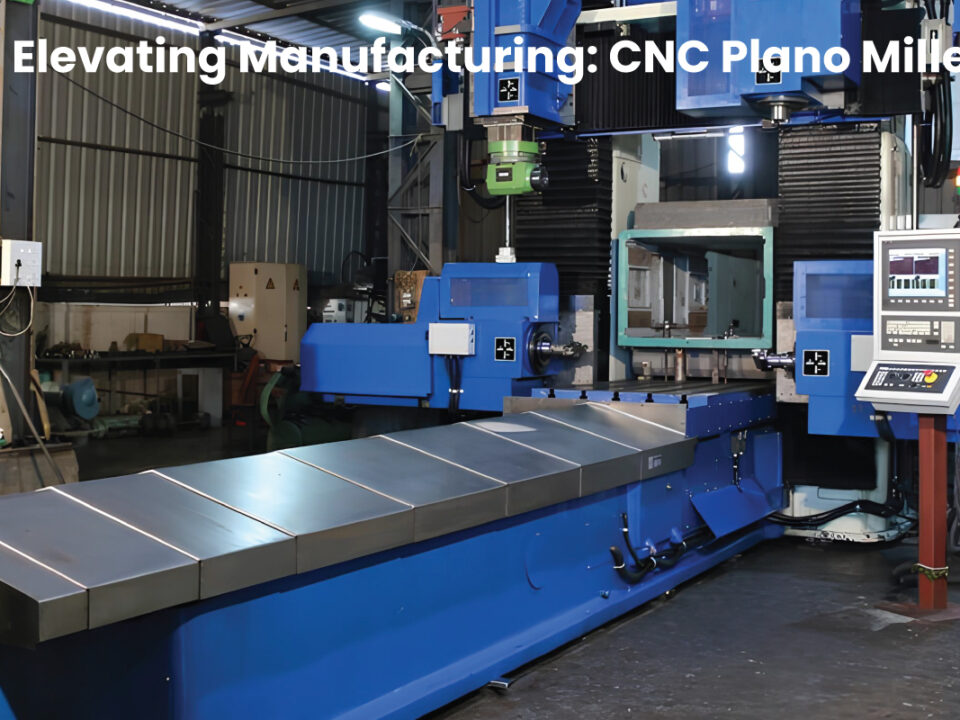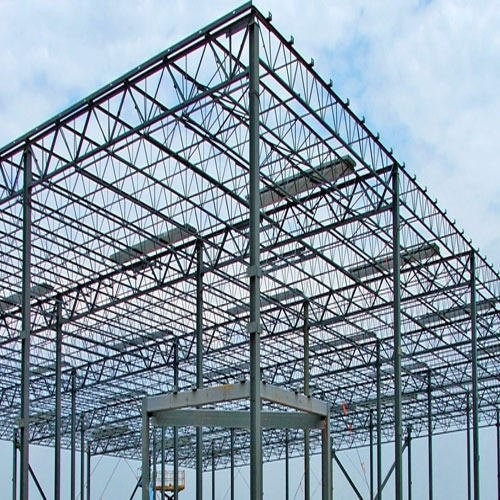Pollution control equipment refers to a range of devices and systems designed to mitigate or eliminate pollutants from various sources, including industrial processes, vehicles, and emissions. These equipment play a crucial role in preserving environmental quality and safeguarding public health.
Definition and Function
Pollution control equipment encompasses a wide array of technologies, including particulate control devices, scrubbers, catalytic converters, and filtration systems. Their primary function is to capture, neutralize, or remove harmful pollutants such as particulate matter, gases, and volatile organic compounds (VOCs) from air, water, and soil.

Advantages in Various Industries
- Industrial Sector
In industrial settings, pollution control equipment helps industries comply with environmental regulations and reduce emissions of harmful pollutants into the atmosphere. By implementing effective pollution control measures, industries can minimize environmental impact while improving operational efficiency and sustainability.
- Automotive Industry
In the automotive sector, pollution control equipment such as catalytic converters and diesel particulate filters play a vital role in reducing vehicle emissions of nitrogen oxides (NOx), carbon monoxide (CO), and hydrocarbons (HC). These devices help vehicles meet stringent emission standards and contribute to cleaner air quality.
- Waste Management
Pollution control equipment is essential in waste management facilities to control odours, capture hazardous air pollutants, and prevent the release of harmful gases into the environment. Technologies like incinerators, scrubbers, and landfill gas collection systems aid in managing and mitigating pollution from waste disposal activities.
Quality Selection and Manufacturing Process
Selecting high-quality pollution control equipment is crucial to ensure effectiveness, durability, and compliance with regulatory standards. When choosing pollution control solutions, factors to consider include:
- Efficiency: Look for equipment with high pollutant removal efficiency to achieve optimal environmental performance.
- Reliability: Choose reputable manufacturers known for producing reliable and durable pollution control systems.
- Compliance: Ensure that the equipment meets relevant regulatory requirements and standards for emissions control.
Conclusion
The manufacturing process of pollution control equipment involves precision engineering, quality materials, and rigorous testing to ensure performance and reliability. From design and fabrication to assembly and testing, each step is critical to producing effective and efficient pollution control solutions. This is where Rajog Enterprises steals the show. We have earned a reputation for excellence in manufacturing pollution control equipment that meets the highest standards of quality and performance.






